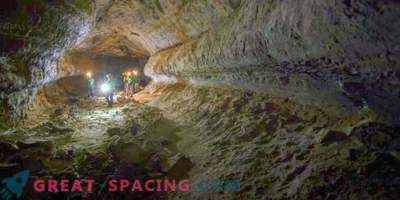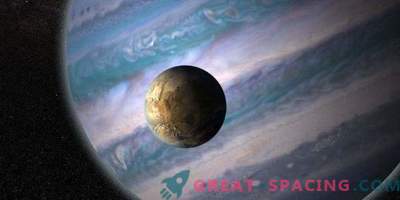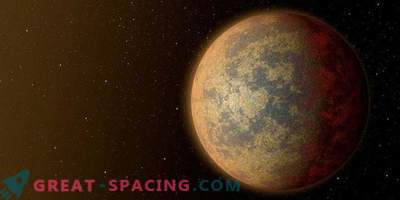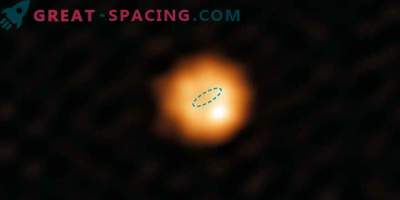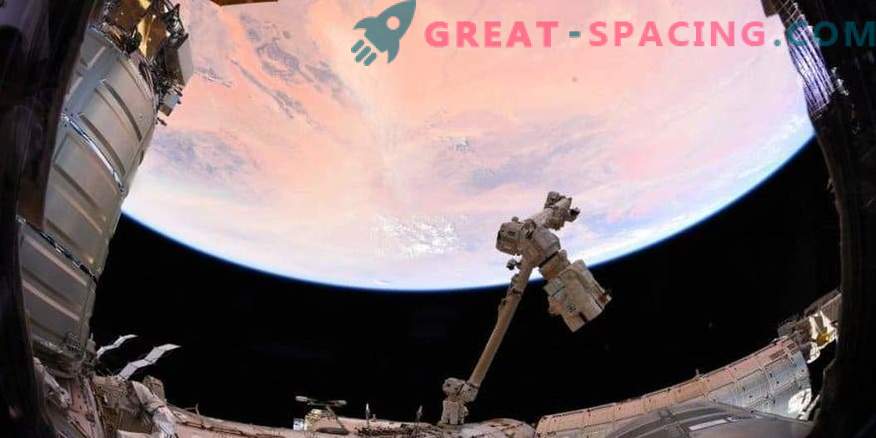
This image of the Earth was taken by ESA astronaut Alexander Gerst from the ISS in June 2018.
It is worth remembering more often that you live on a rock rushing through space. On this stone, called the Earth, every mineral is able to tell about the planetary formation. This week, astronauts and space engineers will reveal the secrets of minerals when they begin the course of the field geology of ESA to prepare for future exploration of the Moon, Mars and asteroids.
The third task of the Pangea campaign will help participants understand the geometry of the planets, collect and document interesting rock samples, as well as assess the most likely places to search for traces of life in other worlds. Leading European planetary geologists are ready to pass on their own experience to astronauts in order to learn to understand the building blocks of the Solar System.
The crew will learn how to collect samples and interpret satellite images in order to better understand the unexplored worlds. A similar course is held every year, which also allows you to test new tools for maintaining operations in space during geological departures.
Three locations, three worlds
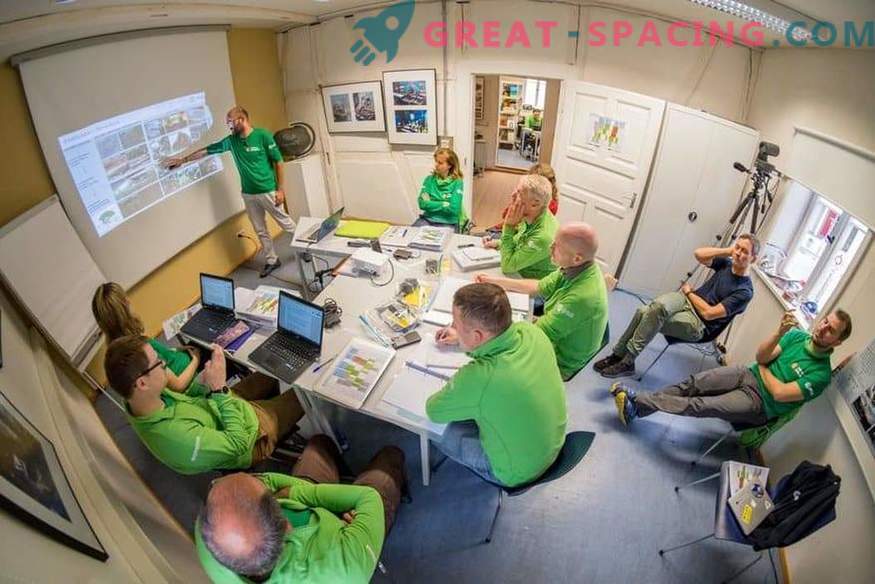
The third task of the Pangea campaign will help participants understand the geometry of the planets, collect and document interesting rock samples, and also assess the most likely places to search for traces of life in other worlds The lessons will be accompanied by field trips to unravel lunar, Martian and asteroid objects on Earth. The task of this year begins in the crater of Ries (Germany), which is an analogue of impact craters - the key theme of the lunar geological survey.
Next week, the crew will move to the Italian Dolomites to study the layers that demonstrate the past with an abundance of running water. The embossed mouths resemble Martian veinlets and suggest sedimentary processes of the Red Planet. The last stop is the alien landscapes of Lanzarote (Spain) in November. This is one of the best areas on earth to understand the geological contacts between volcanic activity and water (two key factors in the search for life).
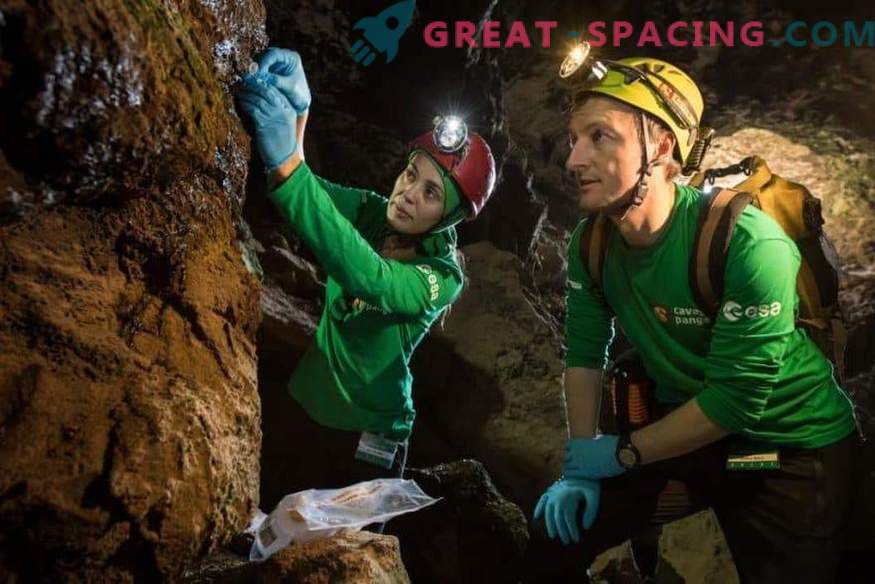
An expedition of astronauts, planetary scientists and engineers extracts samples in the lava tube in Lanzarote (Spain)
Participants will provide direct feedback and real-time information sharing between astronauts and scientists, allowing you to quickly make important decisions. These geological outings will model future moon missions.

